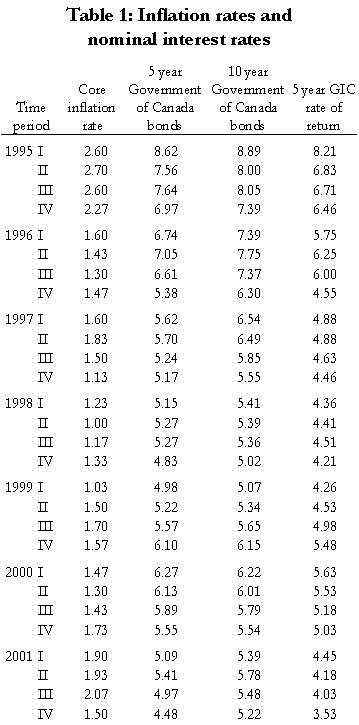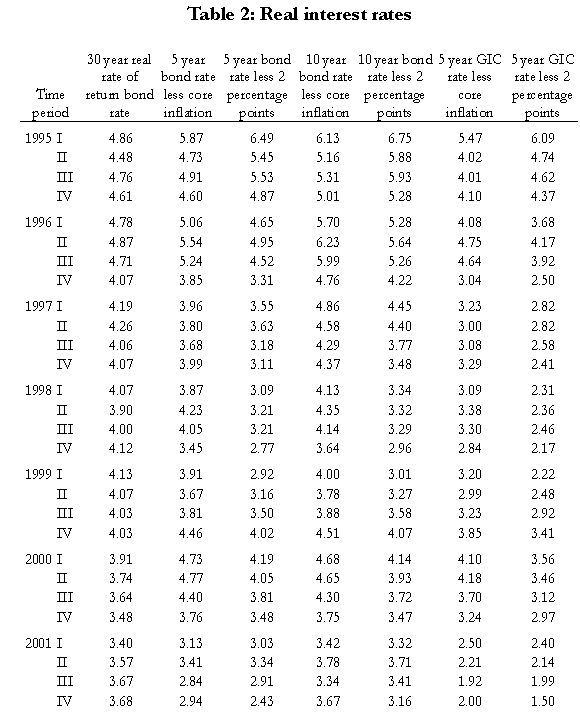by Christopher Bruce
This article was originally published in the Winter 2001/02 issue of the Expert Witness.
In many cases, the information required to establish negligence remains in the possession of one of the parties. In the absence of any penalties, a party who believes that this evidence may suggest that he or she should be held liable will have an incentive to destroy the evidence.
The purpose of this article is to develop a model of the legal process that will offer insight into the determination of legal remedies for the destruction of evidence by a defendant. I base this model on the assumption that the first role of such remedies must be to discourage the defendant from destroying any information that might reasonably be expected to assist the court in the determination of liability.
Three Questions
I believe that any legal analysis of the destruction of evidence by a defendant must investigate three questions:
- Did the defendant have reason to believe that it was the subject of litigation?
- Did the defendant believe that the information in its possession could assist the court in the determination of negligence or liability?
- Did the defendant intentionally or negligently destroy the evidence, or was that destruction “accidental?”
Was the Defendant the Subject of Litigation?
Businesses and individuals destroy private information every day. That destruction only becomes of concern to the court when it has an impact on the court’s ability to assess liability (and assign damages). For that reason, no legal “remedy” is required if a party had no reason to believe that destruction of information would have a bearing on any legal proceeding.
For example, if a factory has no reason to believe that its emissions have any harmful effects on its neighbours, destruction of information concerning those emissions should not subject it to penalties. To rule otherwise would require that all individuals and all businesses save all information indefinitely. Only if a subjective test concludes that the defendant should have been aware that its actions might be the subject of a legal action should it be held responsible for preserving records of those actions. This test should be stronger, the greater was the likelihood that the actions in question might become the subject of litigation.
Was the Information Determinative of Liability?
Assume that the first question has been answered in the affirmative – the defendant has been found to be aware of the possibility of litigation. Assume also that it could be determined ex post that the defendant knew that information in its possession would prove it to be negligent and liable; and that the defendant has intentionally destroyed that information.
The appropriate legal remedy would be to impose the same level of liability and damages on the defendant as would have been imposed if the information had been preserved. Such a ruling would simultaneously retain the plaintiff’s right to compensation and remove the incentive for the defendant to destroy the information.
Thus, if the court was able to determine ex post that the destroyed evidence would have contributed to the determination of liability, its appropriate response would be to reach the same conclusion that would have been reached had the information been preserved.
Conversely, if the court was able to determine ex post that the destroyed information would not have contributed to the determination of liability, its appropriate response would be to excuse the destruction of that information.
But when evidence has been destroyed, the courts often cannot determine whether that evidence would have been determinative of liability. (If liability could have been determined without that information, the issue of destruction of evidence would not have arisen in the first place.)
It is always in the defendant’s interest to argue that the information that it has destroyed was irrelevant to the case at bar. Once that information has been destroyed, it will be difficult, if not impossible, to lead either objective or subjective evidence to contradict the defendant’s argument.
The court is left with a dilemma. If it knew that the destroyed evidence would have proven the liability of the defendant, it should set damages as if liability had been proven. Whereas if it knew that the destroyed evidence would not have been of assistance to the court, it should ignore that destruction. But the defendant will always argue the latter and the court (and the plaintiff) will not be able to prove otherwise.
The issue then, is how can the court induce the defendant to preserve evidence that might prove to be relevant to the determination of liability? The simplest rule would be to place the onus on the defendant to prove that the destroyed evidence did not bear the importance that the plaintiff has claimed for it. That is, the normal onus of proof would be reversed.
Under this rule, if the defendant was of the honest opinion that the information it proposed to destroy was not relevant to the case, it would be induced to preserve that information until the trial date, if it was inexpensive to store. Or, if the information was expensive to store, it would be induced to offer to obtain the permission of the plaintiff to destroy that information. (If the plaintiff refused, the defendant might be allowed to claim storage costs against the plaintiff if the plaintiff’s case was not successful.)
And if the defendant was of the opinion that the information was relevant to the determination of liability, it would have an incentive to preserve that information. If it preserves the information, there may be some chance that it will be able to convince the court that it was not negligent or liable. Whereas if it destroyed the evidence, the proposed rule would find it liable with certainty.
That is, under all circumstances, the proposed rule would induce the defendant either to preserve potentially damaging evidence or to obtain the plaintiff’s permission to destroy that evidence. As this is the desired outcome, the rule may be said to be efficient.
Did the Defendant Destroy the Evidence “Intentionally?”
In the preceding section, I argued that if the defendant intentionally destroyed evidence, it should be found responsible for the same level of damages that would have been awarded had it been found liable. But what would the efficient rule be if the evidence was destroyed for reasons that were beyond the control of the defendant? Or if the evidence was destroyed as a result of the negligence of the defendant?
In the former of those cases – the destruction was “an act of God” or was, for other reasons, unforeseeable – the imposition of damages could not have the desired effect discussed above, of encouraging the defendant to preserve the information.
For example, if the defendant had stored information on a type of video tape that would disintegrate over time, the threat of damages could not induce the defendant to alter that behaviour if it had no reason to suspect that the tape had that characteristic. Similarly, the threat of damages could not induce it to protect itself against unforeseen floods or acts of terrorism.
In such cases, therefore, the courts’ rulings could not have the desired effect that I discussed above; namely, that of encouraging defendants to preserve valuable information. Rather, the only effect that imposition of damages could have in such cases would be to make the defendant the “insurer” of the plaintiff – a result that the courts have often rejected. Therefore, in cases of unforeseen destruction of evidence, the defendant should be excused from any liability to the plaintiff.
The more complex cases are those in which defendants recognised that their actions (or inactions) might lead to the destruction of evidence, but failed to alter their behaviour accordingly. For example, the defendant might have recognised that information would be lost if certain documents became wet but failed to provide storage facilities that were protected against moisture.
The efficient rule in this situation is to place the onus on the defendant to prove that the evidence does not have the import claimed by the plaintiff if it can be shown that the defendant’s actions (or inactions) were negligent. As with the rule concerning the intentional destruction of evidence, discussed above, this rule would leave the decision concerning the destruction of information in the hands of the party that is able to determine the probability that that information will be relevant to the assessment of liability.
As long as the defendant is aware that the information in its possession may be relevant to the determination of liability, this rule will normally induce the defendant to take all those precautions necessary to avoid a finding of negligence. That is, rather than face the prospect of being found liable for the plaintiff’s damages, the defendant will normally prefer to meet its standard of care. As this is the desired outcome – the court would never ask the defendant to take more precautions than necessary to meet its standard – this is the efficient rule.
Spoliation
In some jurisdictions the courts have been asked to treat the destruction of evidence as a tortious act, independently of whether that destruction affected the determination of liability. Under this tort, often called spoliation, the plaintiff asks that the defendant be punished for the harm it has caused to the legal system.
Implicitly, the argument in this article has been that no independent tort need be established. The harm caused by the destruction of evidence is that both the compensatory and deterrent effects of tort law are impaired. If the underlying function of the law is to ensure that innocent victims are compensated, for example, the destruction of evidence may prevent that function from being performed.
If a set of rules can be designed that induces defendants to take all reasonable steps to preserve relevant information, the basic function of tort law will also be preserved. But that is precisely what the rules described in this article can be expected to do. Hence, no additional rules – such as punishing the defendant for the destruction of evidence that could not reasonably have been expected to assist the court in its deliberations – are necessary.
Summary
My argument in this article has been that the goal of rules concerning the preservation of evidence must be to induce defendants to avoid the intentional or negligent destruction of any information that they believe may be useful in the determination of liability (or damages). I have argued in this paper that a sufficient rule is that a defendant that has intentionally or negligently destroyed evidence be treated as if liability had been found against him or her.
Furthermore, no distinction should be made between those cases in which the defendant argues that the evidence would not have been of value to the court and those in which it admits that the evidence would have been relevant. The only defences available to the defendant should be (a) that the destruction of the evidence was unforeseeable; or (b) that the destruction of the evidence had occurred even though the defendant had met its standard of care.

Christopher Bruce is the President of Economica and a Professor of Economics at the University of Calgary. He is also the author of Assessment of Personal Injury Damages (Butterworths, 2004).


![]()